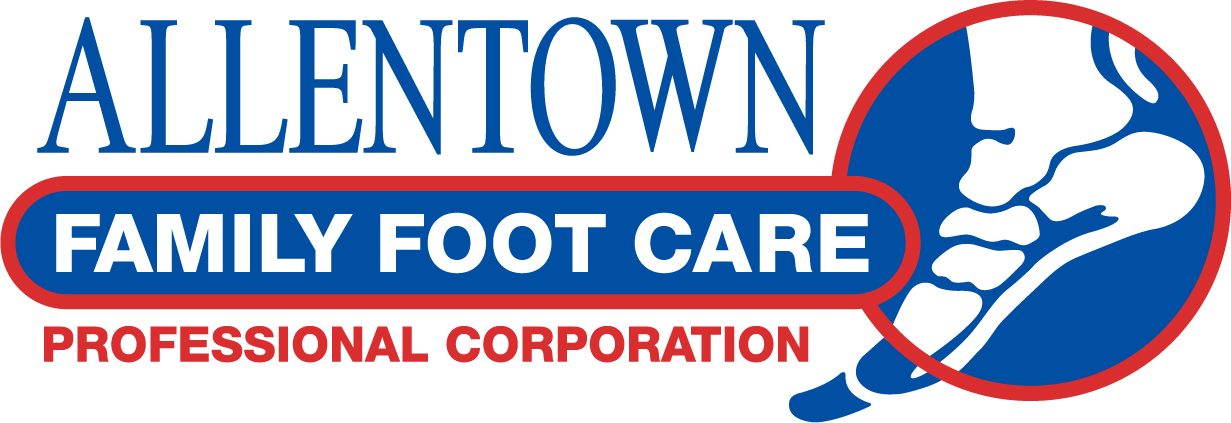Winter certainly makes a runner’s life more complicated. You can choose to pound the monotonous tread mill or you can brave the elements. Those who choose to run outside face challenges. Cold temperatures make the muscles and tendons contract and become less flexible. Risks for tendonitis, sprains and even sometimes tears are more common. To avoid this, you should layer up and keep your body and muscles warm. Frequent stretching and avoiding quick starts can also help.
Cold temperatures put runners at risk for frost bite and hypothermia. As for proper clothing, wicking layers are paramount. A base of a polyester blend shirt followed by a possible 2nd layer and then a wind/water resistant top layer is suggested. Also a hat should be used to keep core temperature stable and avoid heat loss. Socks should cover the ankle to avoid frost bite. Wool blend socks and hats are a great winter running options as they tend to insulate despite wet and cold conditions. There are also a few specialized winter running sneakers with small spikes for traction and many running shoes offer water proof or water resistant liners.
Attempt to run in the warmest portion of the day between 10-2 and try to stay in the sun light. Winter daylight hours are short, so always wear reflective gear and bright clothes to make yourself visible when running in the early morning or evenings.
Ice, slush and ground debris cause many winter runners to spend more time and pressure on their forefoot. Being on your forefoot and toes inherently feels more stable. This cold weather pressure pattern puts runners at higher risk for Achilles tendonitis, neuromas and metatarsal stress fractures. Frequent stretching and attempting to run with normal heel to toe cadence can help to decrease these risks.
Always put safety first and only run outside when ground surfaces and temperatures are acceptable. And like me, anxiously await spring with its warmer temperatures and better running conditions.

